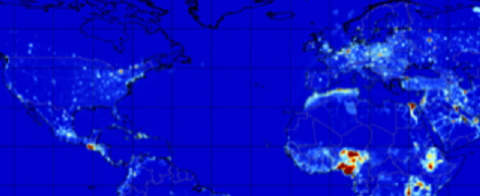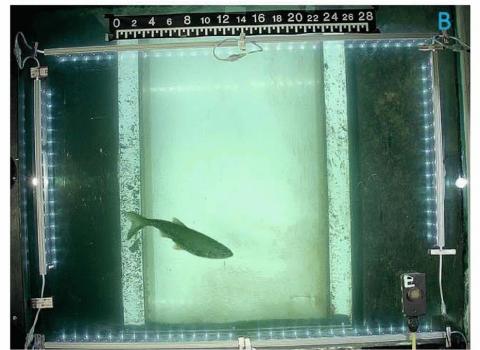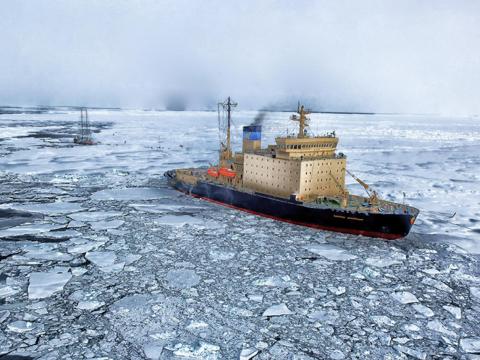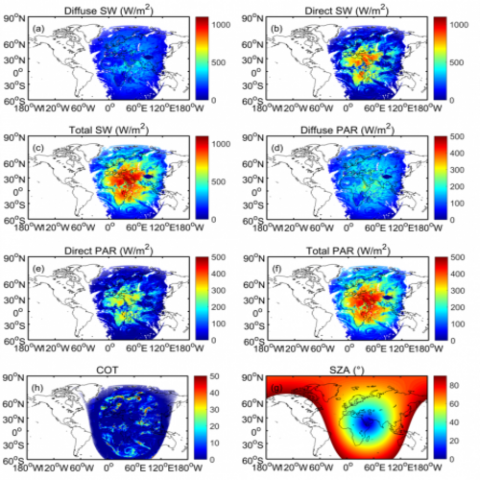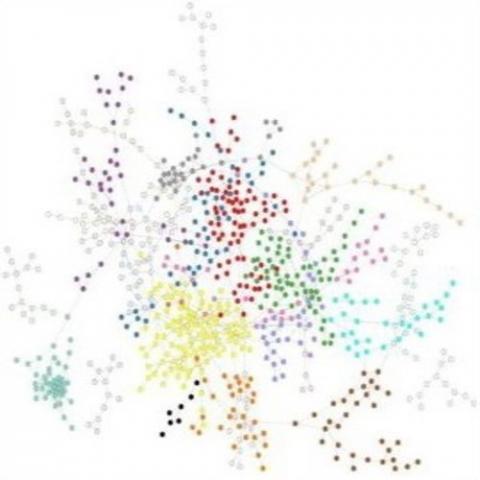Many important application data streams can be modeled as a complex graph of entities, where each graph node or entity is associated with a multi-variate time-series. The overall system’s behavior is modeled as a dynamical system, and it evolves through structural changes in the graph, and/or...
Datasets
1

